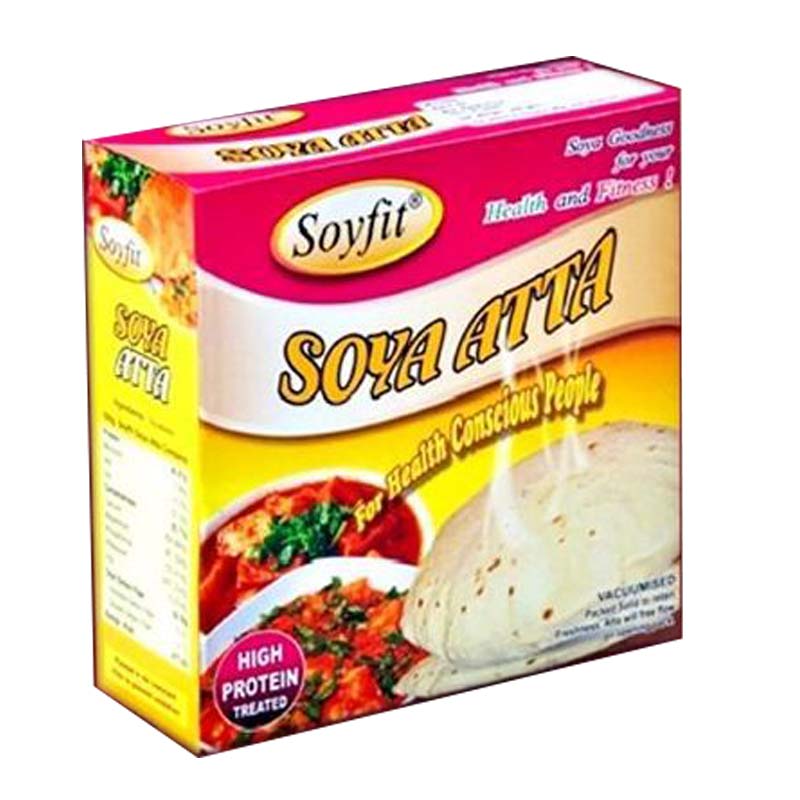Description
Since soya flour can become packed in its bag or container, always stir it before measuring. Soya flour can be used as-is, or, for a pleasant nutty flavour, toast it before adding it to a recipe.
1)Put the soy flour in a dry skillet and cook it, stirring occasionally, over moderate heat Soya flour can be used coarsely powdered as a thickening agent in gravies and sauces, or it can be added, finely powdered, to baked goods.
2)In baked products, soya adds tenderness and moisture and helps to keep products from becoming stale. Products containing soya flour brown more quickly, so it is sometimes necessary to either shorten the baking time or decrease the temperature slightly. Using more soya flour than this will cause breads to be too heavy and dense, since soya flour is free of gluten, the protein that gives structure to yeast-raised baked products.
3)Soya flour also makes a good egg substitute in baked products. Replace one egg with 1 tablespoon of soya flour plus 1 tablespoon (15mL) of water. Although soy flour has not yet found its way into many family kitchens, it is used extensively by the food industry. Soy flour turns up in an amazing array of food products, including fudge and other candies, pies, doughnuts, cakes and rolls, pasta, pancake mixes and frozen desserts. In fried foods, like doughnuts, soy flour reduces the amount of fat that is absorbed by the dough. It adds a rich colour, fine texture, tenderness and moistness to baked goods.





